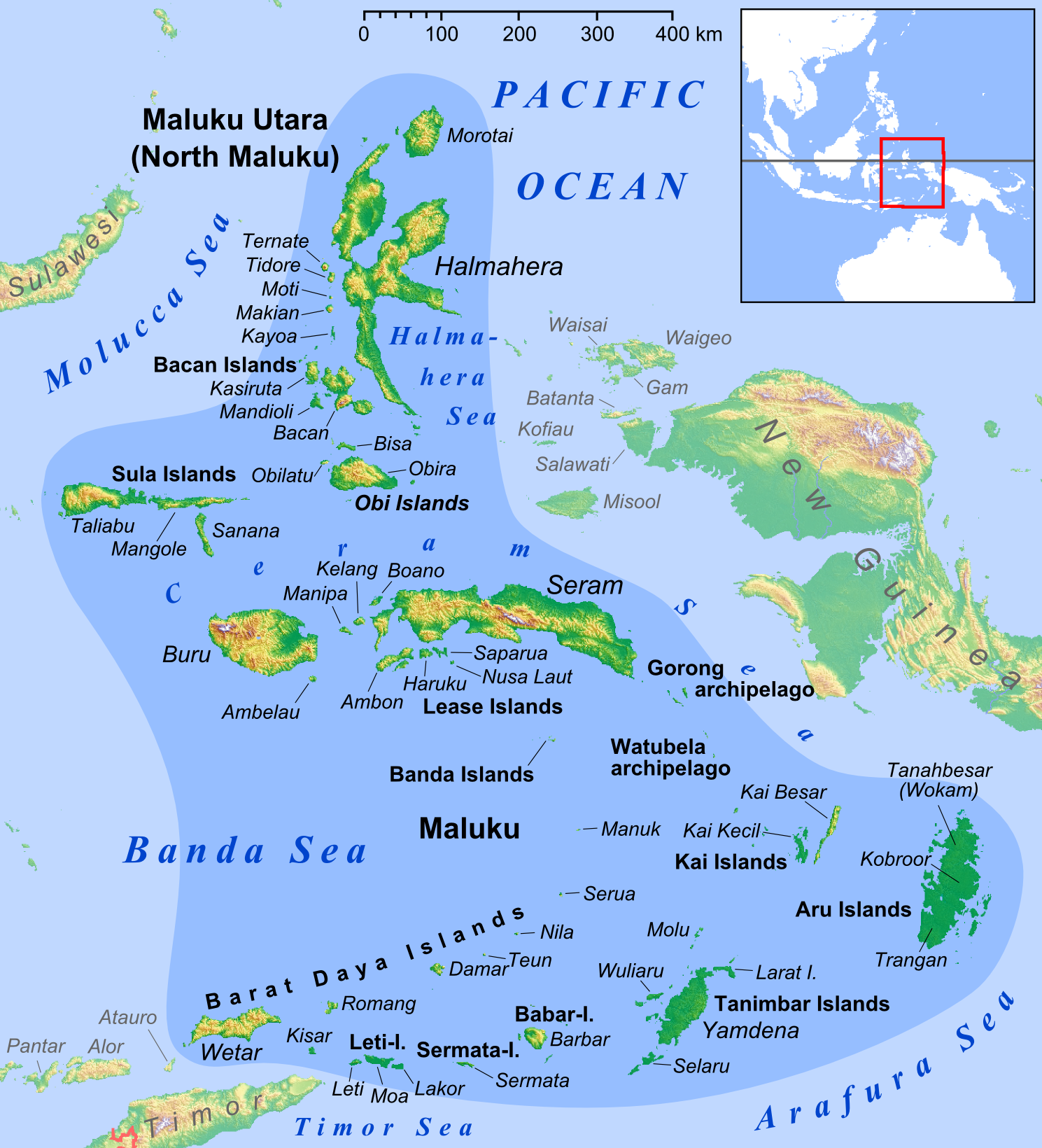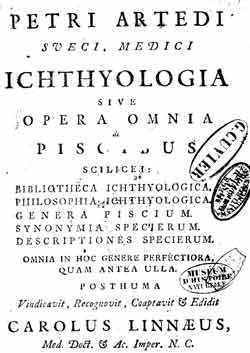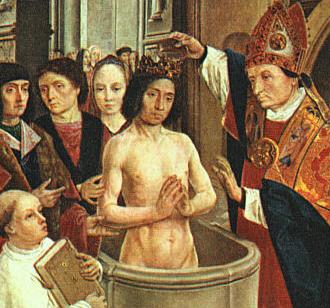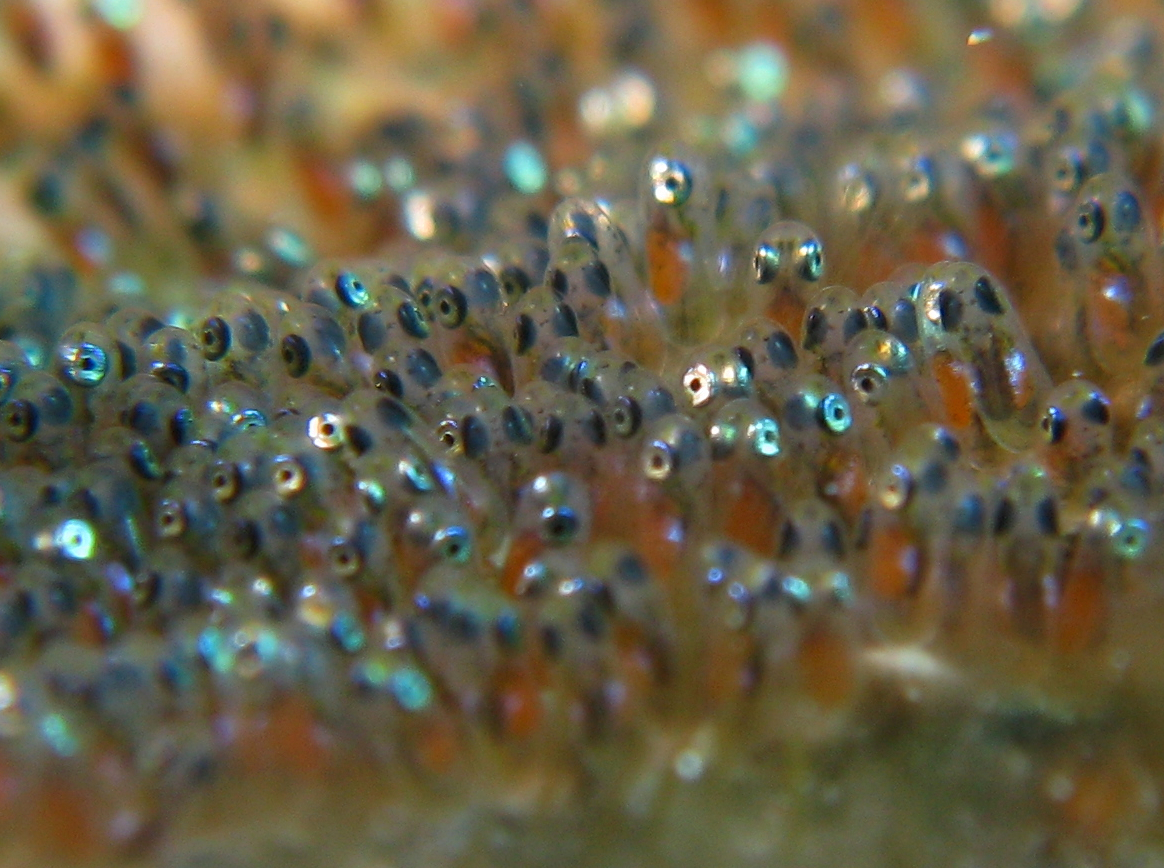|
Pseudocheilinus Hexataenia
The six-line wrasse (''Pseudocheilinus hexataenia'') is a species of marine ray-finned fish from the family Labridae which has a wide Indo-Pacific distribution. This species is associated with coral reefs and can be found in the aquarium trade. Description The six-line wrasse is very small species of wrasse which attains a maximum total length of . It is violet in colour and is marked with six orange stripes along the flanks. There is also a small eyespot on the dorsal part of the base of the caudal fin, a blue stripe along the base of the anal fin, and a blue streak on the pelvic fin. It has red eyes. Distribution The six-line wrasse occurs from the eastern coast of Africa where it is found from the Red Sea to South Africa across the Indian Ocean and into the Western Pacific Ocean where its range extends north to Japan, south to northern Australia and east as far as Tuamotu. Habitat and biology The six-line wrasse occurs among the branches of corals on seaward reef, it is also ... [...More Info...] [...Related Items...] OR: [Wikipedia] [Google] [Baidu] |
Pieter Bleeker
Pieter Bleeker (10 July 1819 – 24 January 1878) was a Dutch medical doctor, Ichthyology, ichthyologist, and Herpetology, herpetologist. He was famous for the ''Atlas Ichthyologique des Indes Orientales Néêrlandaises'', his monumental work on the fishes of East Asia published between 1862 and 1877. Life and work Bleeker was born on 10 July 1819 in Zaandam. He was employed as a medical officer in the Royal Netherlands East Indies Army from 1842 to 1860, (in French). stationed in the Dutch East Indies (now Indonesia). During that time, he did most of his ichthyology work, besides his duties in the army. He acquired many of his specimens from local fishermen, but he also built up an extended network of contacts who would send him specimens from various government outposts throughout the islands. During his time in Indonesia, he collected well over 12,000 specimens, many of which currently reside at the Naturalis Biodiversity Center in Leiden. Bleeker corresponded with Auguste Dum� ... [...More Info...] [...Related Items...] OR: [Wikipedia] [Google] [Baidu] |
Ectoparasites
Parasitism is a close relationship between species, where one organism, the parasite, lives (at least some of the time) on or inside another organism, the host, causing it some harm, and is adapted structurally to this way of life. The entomologist E. O. Wilson characterised parasites' way of feeding as "predators that eat prey in units of less than one". Parasites include single-celled protozoans such as the agents of malaria, sleeping sickness, and amoebic dysentery; animals such as hookworms, lice, mosquitoes, and vampire bats; fungi such as honey fungus and the agents of ringworm; and plants such as mistletoe, dodder, and the broomrapes. There are six major parasitic strategies of exploitation of animal hosts, namely parasitic castration, directly transmitted parasitism (by contact), trophicallytransmitted parasitism (by being eaten), vector-transmitted parasitism, parasitoidism, and micropredation. One major axis of classification concerns invasiveness: an endop ... [...More Info...] [...Related Items...] OR: [Wikipedia] [Google] [Baidu] |
Pseudocheilinus
''Pseudocheilinus'' is a genus of wrasses native to the Indian and Pacific Oceans. Species The currently recognized species in this genus are: * '' Pseudocheilinus citrinus'' J. E. Randall, 1999 * '' Pseudocheilinus dispilus'' J. E. Randall, 1999 * '' Pseudocheilinus evanidus'' D. S. Jordan & Evermann, 1903 (striated wrasse) * ''Pseudocheilinus hexataenia The six-line wrasse (''Pseudocheilinus hexataenia'') is a species of marine ray-finned fish from the family Labridae which has a wide Indo-Pacific distribution. This species is associated with coral reefs and can be found in the aquarium trade. ...'' ( Bleeker, 1857) (six-line wrasse) * '' Pseudocheilinus ocellatus'' J. E. Randall, 1999 (white-barred wrasse) * '' Pseudocheilinus octotaenia'' O. P. Jenkins, 1901 (eight-lined wrasse) * '' Pseudocheilinus tetrataenia'' L. P. Schultz, 1960 (four-lined wrasse) References {{Taxonbar, from=Q2183273 Labridae Taxa named by Pieter Bleeker Marine fish genera ... [...More Info...] [...Related Items...] OR: [Wikipedia] [Google] [Baidu] |
Genus
Genus (; : genera ) is a taxonomic rank above species and below family (taxonomy), family as used in the biological classification of extant taxon, living and fossil organisms as well as Virus classification#ICTV classification, viruses. In binomial nomenclature, the genus name forms the first part of the binomial species name for each species within the genus. :E.g. ''Panthera leo'' (lion) and ''Panthera onca'' (jaguar) are two species within the genus ''Panthera''. ''Panthera'' is a genus within the family Felidae. The composition of a genus is determined by taxonomy (biology), taxonomists. The standards for genus classification are not strictly codified, so different authorities often produce different classifications for genera. There are some general practices used, however, including the idea that a newly defined genus should fulfill these three criteria to be descriptively useful: # monophyly – all descendants of an ancestral taxon are grouped together (i.e. Phylogeneti ... [...More Info...] [...Related Items...] OR: [Wikipedia] [Google] [Baidu] |
Moluccas
The Maluku Islands ( ; , ) or the Moluccas ( ; ) are an archipelago in the eastern part of Indonesia. Tectonically they are located on the Halmahera Plate within the Molucca Sea Collision Zone. Geographically they are located in West Melanesia. Lying within Wallacea (mostly east of the biogeographical Weber Line), the Moluccas have been considered a geographical and cultural intersection of Asia and Oceania. The islands were known as the Spice Islands because of the nutmeg, mace, and cloves that were exclusively found there, the presence of which sparked European colonial interests in the 16th century. The Maluku Islands formed a single province from Indonesian independence until 1999, when they were split into two provinces. A new province, North Maluku, incorporates the area between Morotai and Sula, with the arc of islands from Buru and Seram to Wetar remaining within the existing Maluku Province. North Maluku is predominantly Muslim, and its capital is Sofifi on Ha ... [...More Info...] [...Related Items...] OR: [Wikipedia] [Google] [Baidu] |
Ambon Island
Ambon Island is part of the Maluku Islands of Indonesia. The island has an area of and is mountainous, well watered, and fertile. Ambon Island consists of two territories: the city of Ambon, Maluku, Ambon to the south, and three districts (''kecamatan'') of the Central Maluku Regency to the north. The main city and seaport is Ambon, Maluku, Ambon (with a 2020 Census population of 347,288), which is also the capital of Maluku (province), Maluku Provinces of Indonesia, province, while those districts of Maluku Tengah Regency situated on Ambon Island had a 2020 Census population of 128,069. By mid 2023 those populations were estimated to have become 354,052 and 128,754 respectively, resulting in an all-island population of 482,806. Ambon has an Pattimura Airport, airport and is home to the Pattimura University and Open University (Universitas Terbuka), state universities, and a few private universities, which include Darussalam University (Universitas Darussalam, UNDAR) and Univer ... [...More Info...] [...Related Items...] OR: [Wikipedia] [Google] [Baidu] |
Type Locality (biology)
In biology, a type is a particular wikt:en:specimen, specimen (or in some cases a group of specimens) of an organism to which the scientific name of that organism is formally associated. In other words, a type is an example that serves to anchor or centralizes the defining features of that particular taxon. In older usage (pre-1900 in botany), a type was a taxon rather than a specimen. A taxon is a scientifically named grouping of organisms with other like organisms, a set (mathematics), set that includes some organisms and excludes others, based on a detailed published description (for example a species description) and on the provision of type material, which is usually available to scientists for examination in a major museum research collection, or similar institution. Type specimen According to a precise set of rules laid down in the International Code of Zoological Nomenclature (ICZN) and the ''International Code of Nomenclature for algae, fungi, and plants'' (ICN), the ... [...More Info...] [...Related Items...] OR: [Wikipedia] [Google] [Baidu] |
Ichthyologist
Ichthyology is the branch of zoology devoted to the study of fish, including bony fish (Osteichthyes), cartilaginous fish (Chondrichthyes), and jawless fish (Agnatha). According to FishBase, 35,800 species of fish had been described as of March 2025, with approximately 250 new species described each year. Etymology The word is derived from the Ancient Greek words wikt:ἰχθύς, ἰχθύς, ''ikhthus'', meaning "fish"; and wikt:-λόγος, λόγος, ''logos'', meaning "study". History The study of fish dates from the Upper Paleolithic, Upper Paleolithic Revolution (with the advent of "high culture"). The science of ichthyology was developed in several interconnecting epochs, each with various significant advancements. The study of fish receives its origins from humans' desire to feed, clothe, and equip themselves with useful implements. According to Michael Barton (professor), Michael Barton, a prominent ichthyologist and professor at Centre College, "the earliest ichthy ... [...More Info...] [...Related Items...] OR: [Wikipedia] [Google] [Baidu] |
Dutch People
The Dutch, or Netherlanders (Dutch language, Dutch: ) are an ethnic group native to the Netherlands. They share a common ancestry and culture and speak the Dutch language. Dutch people and their descendants are found in migrant communities worldwide, notably in Argentina, Aruba, Australia, Brazil, Canada,Based on Statistics Canada, Canada 2001 Census]Linkto Canadian statistics. Caribbean Netherlands, Curaçao, Germany, Guyana, Indonesia, New Zealand, Sint Maarten, South Africa, Suriname, and the United States.According tFactfinder.census.gov The Low Countries were situated around the border of France and the Holy Roman Empire, forming a part of their respective peripheries and the various territories of which they consisted had become virtually autonomous by the 13th century. Under the Habsburgs, the Netherlands were organised into a single administrative unit, and in the 16th and 17th centuries the Northern Netherlands gained independence from Spain as the Dutch Republic. The ... [...More Info...] [...Related Items...] OR: [Wikipedia] [Google] [Baidu] |
Urak Lawoi
Urak Lawoi (; ; ) are an aboriginal Austronesian people residing on the islands of Phuket, Phi Phi, Jum, Lanta, Bulon and on Lipe and Adang, in the Adang Archipelago, off the western coast of Thailand. They are known by various names, including Orak Lawoiʼ, Lawta, Chao Tha Le (), Chao Nam (), and Lawoi. The population of approximately 6,000 speak a language related closely to Malay but influenced by Thai. The Urak Lawoi are one of several Austronesian ethnicities referred to as "Sea Gypsies" (''chao leh'' in Thai). The local way of life has been changing rapidly in recent years, due to the rapid encroachment of the market economy A market economy is an economic system in which the decisions regarding investment, production, and distribution to the consumers are guided by the price signals created by the forces of supply and demand. The major characteristic of a mark ..., and the opening of Tarutao National Marine Park. See also * Sea Gypsies (other) ... [...More Info...] [...Related Items...] OR: [Wikipedia] [Google] [Baidu] |
Fish Keeping
A fish (: fish or fishes) is an aquatic, anamniotic, gill-bearing vertebrate animal with swimming fins and a hard skull, but lacking limbs with digits. Fish can be grouped into the more basal jawless fish and the more common jawed fish, the latter including all living cartilaginous and bony fish, as well as the extinct placoderms and acanthodians. In a break to the long tradition of grouping all fish into a single class (Pisces), modern phylogenetics views fish as a paraphyletic group. Most fish are cold-blooded, their body temperature varying with the surrounding water, though some large active swimmers like white shark and tuna can hold a higher core temperature. Many fish can communicate acoustically with each other, such as during courtship displays. The study of fish is known as ichthyology. The earliest fish appeared during the Cambrian as small filter feeders; they continued to evolve through the Paleozoic, diversifying into many forms. The earlies ... [...More Info...] [...Related Items...] OR: [Wikipedia] [Google] [Baidu] |
Spawn (biology)
Spawn is the eggs and sperm released or deposited into water by aquatic animals. As a verb, ''to spawn'' refers to the process of freely releasing eggs and sperm into a body of water (fresh or marine); the physical act is known as spawning. The vast majority of aquatic and amphibious animals reproduce through spawning. These include the following groups: * Bony fishes * Crustaceans (such as crabs, shrimps, etc.) *Mollusks (such as oysters, octopus, squid) *Echinoderms (such as sea urchins, sea stars, sea cucumbers, etc.) * Amphibians (such as frogs, toads, salamanders, newts) * Aquatic insects (such as dragonflies, mayflies, mosquitoes) *Coral, which are living colonies of tiny, aquatic organisms—not plants, as they are sometimes perceived to be. Corals, while appearing sedentary or botanical by nature, actually spawn by releasing clouds of sperm and egg cells into the water column, where the two mix. As a general rule, aquatic or semiaquatic reptiles, birds, ... [...More Info...] [...Related Items...] OR: [Wikipedia] [Google] [Baidu] |







